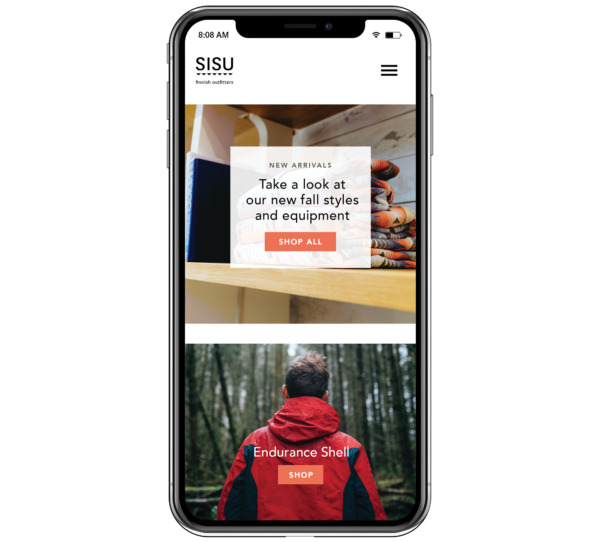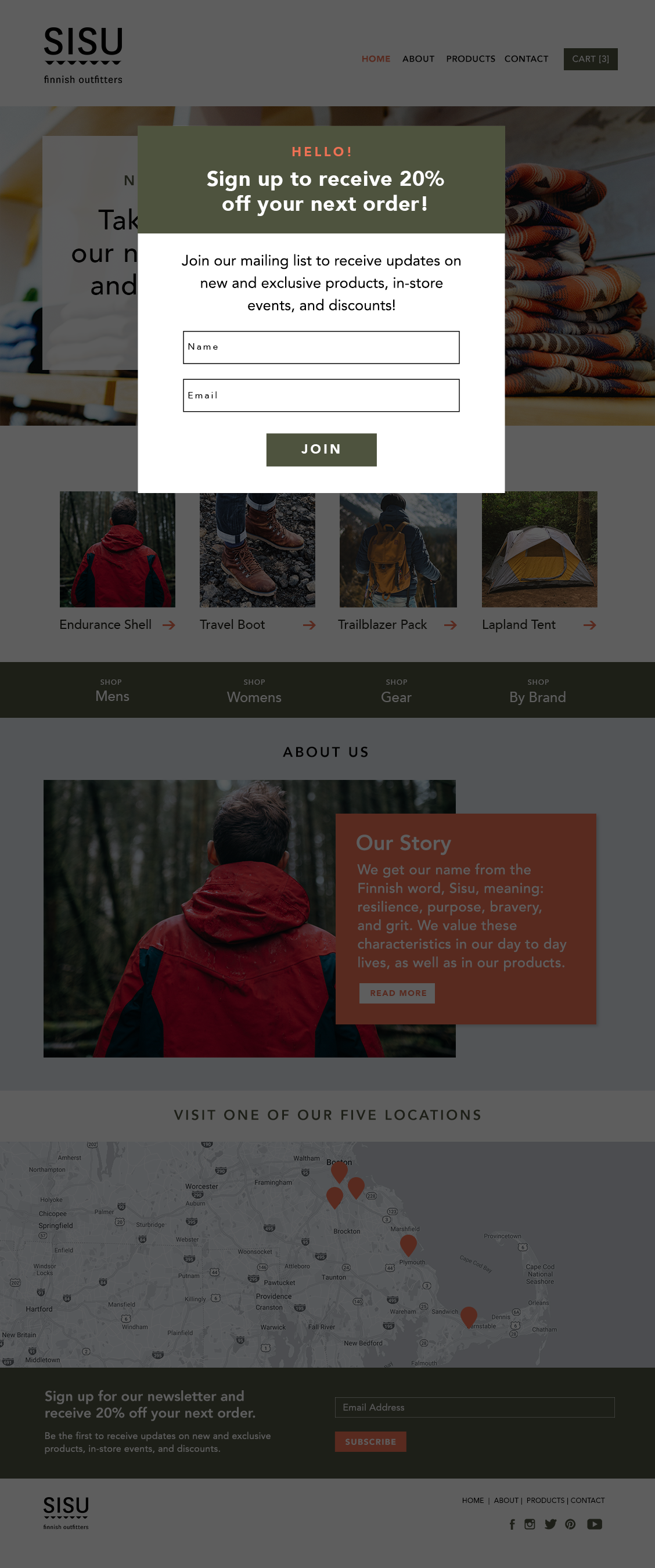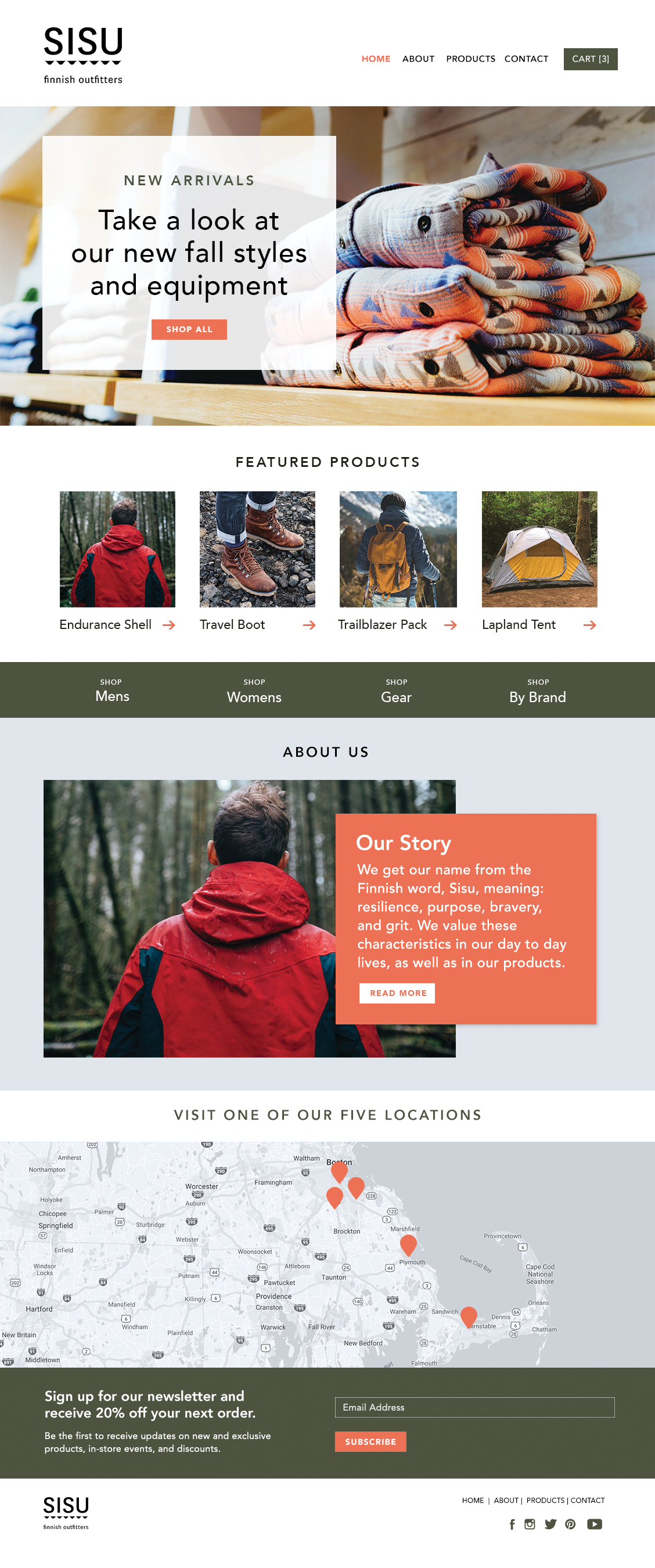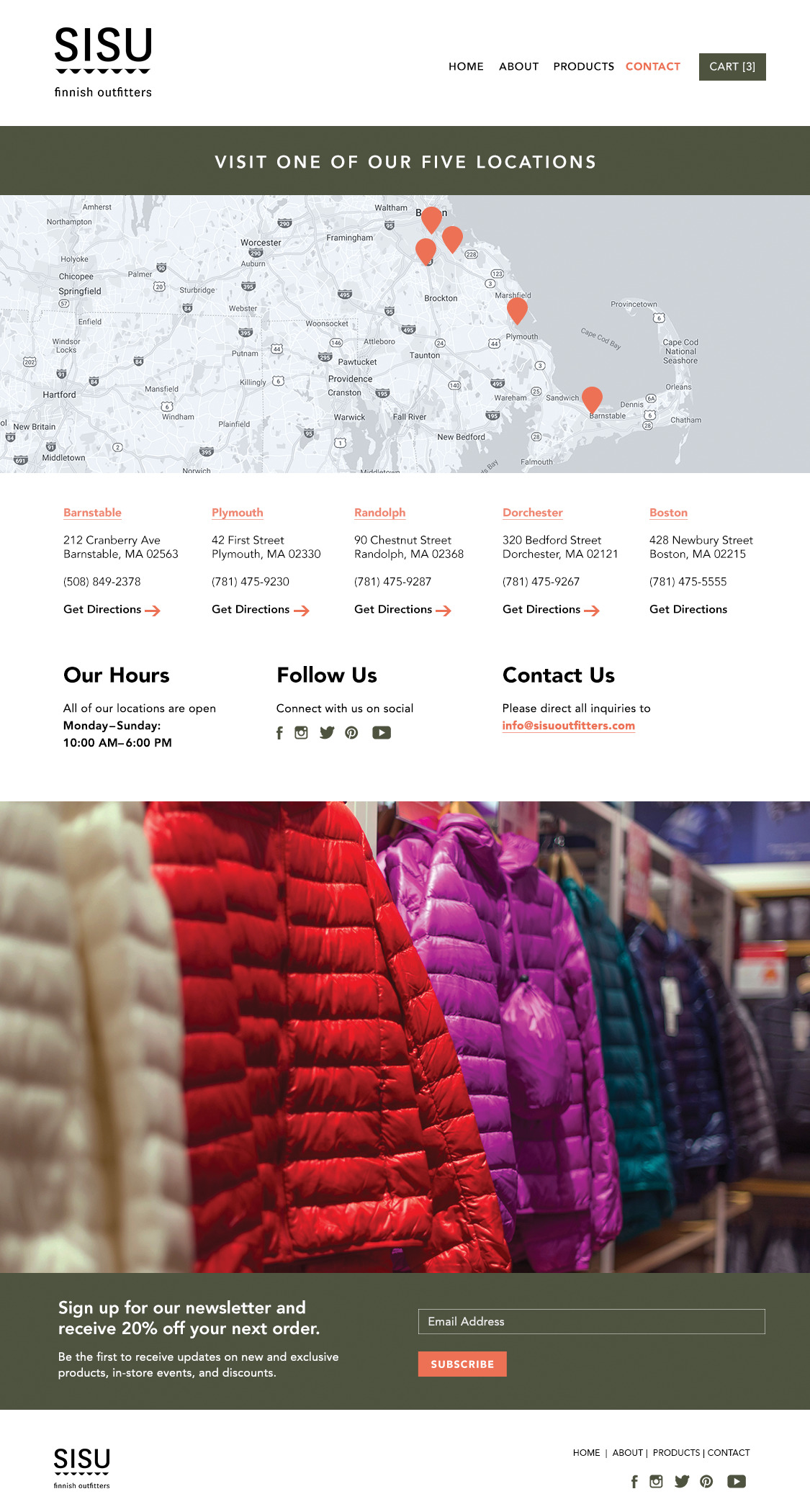
10 Ecommerce Website Design Tips to Reach More Customers
Running an ecommerce business can be hard if you don’t have the right tools, or don’t know where to find them. Never fear, there are simple and proven ways you can use to boost your customer base by focusing on your ecommerce website design.
In this guide, we’ll tell you about 10 ecommerce website design tips to reach more customers. You’ll find out different techniques and ideas that can help boost your business and convert into more sales.
10 ecommerce website design tips to reach more customers
All of these tips are easy enough to implement, so they’re definitely worth trying. Try any or all of them and see how it works for your business. Take a look.
1. Keep it mobile-responsive

A large number of users will be scrolling your site on their phones. If your page isn’t set up to be mobile-responsive, you instantly lose that group of customers. That’s why our first tip is to keep your shop mobile-responsive.
A good website builder will automatically convert your website into mobile templates to ensure this is the case. This is especially useful for ecommerce sites since you’re based entirely online. You want everyone to have an equal chance to shop with you.
2. Put your top products front-and-center
Your store should highlight your more popular products. This could either mean products that sell the most, customers review the highest, or the ones that make you the most money.
Try highlighting them with contrasting colors, tweaking the layout or the size of the images, and making banners to promote these top products. If you can divert people’s attention to the top products you want to push, you’ll wind up with more sales. This is akin to building a display around a top product or putting it eye-level on the shelf of a brick-and-mortar.
3. Use a pop-up sign-up sheet

A large number of successful ecommerce websites use an immediate pop-up sign-up sheet. Why? It helps with re-marketing. Re-marketing is important because some viewers are just doing initial searches, feeling out their options, and taking a look at availability and pricing.
By collecting their email addresses, you have the opportunity to engage the potential customer again when they’ve had time to think about their options. A quick email from you might hit them at the right time and they’ll decide to go with your shop.
Just be certain that if you’re asking for their address right away that you’re offering something in return otherwise they’re most likely to just close the pop-up and move on.
4. Remember SEO best practices
SEO can’t be stressed enough when it comes to your ecommerce website. SEO stands for Search Engine Optimization — it’s a way to move up higher on the list of search results. If you put a lot of focus into SEO, you’ll get more exposure to your website, more views, and a wider reach.
When you look at SEO tips for ecommerce websites, they boil down into three tips: use relevant keywords, write smart product descriptions, and make the most of built-in tools.
Keywords
Keywords are words or phrases that a prospective customer might search to find you. For example, “best leather wallet” is a very reasonable search that someone might make when they’re looking for a new luxury wallet.
If you use this exact keyphrase a few times in your online content, search engines will start to associate your store with this phrase. With enough success, you’ll pop up as the first overall result when someone looks it up. Even beginners can use SEO successfully.
Product descriptions
Your product descriptions should be thorough, easy-to-read, and describe the product well. Search engines look to your product descriptions to determine how relevant it is. By writing rich and accurate descriptions, you’ll help your search engine rankings and communicate to your customers more clearly, so it’s a win-win.
Built-in SEO tools
The right website builder comes with built-in SEO tools to improve your site. By embedding SEO right into your ecommerce site, you’ll be able to take advantage of powerful metrics and data that will help you make informed decisions on what keywords to use, where to add more links, and more. A quality SEO tool makes it much easier to know if what you’re doing is effectively moving you up in the search engine ranks.
5. Use great images

A picture is worth a thousand words. With an ecommerce site that doesn’t have much space to waste, this is a really big deal. You want your images to be focused and high-resolution.
It’s also a good idea to take several shots of each product and create a slideshow for each product listing. Sometimes a customer needs to see a product in action before they can decide if they want to purchase it. This is especially true for clothing stores. Your ecommerce store should essentially revolve around your images.
6. Simplicity is key
You want to streamline the process and keep it really easy for your customers. Viewers shouldn’t have to search for buttons or dig too far to find the right category. Drop-down menus, for example, help simplify the process and keep your website looking clean and clear.
Take a look at your favorite other ecommerce sites, or competitor sites, to see how they organize their content. Unless you have a good reason to change something, it’s generally smart to model your shop after the industry norms, so users know what to expect and how to interact with your site.
The easier it is for someone to shop with you, the more willing they’ll be to complete the purchase and give you a sale. Amazon is a great example of a simple way to encourage the sale. With their “one-click buy” option, users are able to seamlessly and quickly complete their purchase.
7. Use scannable content

Another part of keeping it simple is making your site easy to scan. A shopper doesn’t want to spend too much time trying to decipher your shop. They want to get in, shop, purchase, and leave.
Use big headers and clearly indicate the different sections of your store. If you sell multiple categories of products, a user should be able to scan your site and see each category that might interest them. Another way to achieve this is by keeping paragraphs short, using multiple header sizes, using bulleted or numbered lists, and adding images.
8. Keep the user in mind
At the end of the day, the most important thing is to always remember the user. Create the best shopping experience so people keep coming back. One of the quickest ways to build brand loyalty and turn customers into loyal, life-long customers is to build your shop around them.
This could refer to how easy it is to purchase, creating good product descriptions, using a smooth interface, and being mindful of your color scheme. By engaging with your customers, through surveys, on social media, or other types of organizing, you can get real feedback about what they like best.
Customers will quickly notice how much work went into optimizing their experience. Leave a lasting impression by doing this step right.
9. Be honest about pricing
Lying and using tricks won’t work on your ecommerce website. Customers want to see honest pricing so they know what to expect at checkout. Checkout and shipping won’t be calculated until the end, but you should try to avoid hidden fees and charges.
A price higher than expected will likely cause a would-be customer to abandon their cart and go to your competitor’s store.
10. Remember the goal: to make sales
At the end of the day, your shop is there for one reason: to make money. Every decision in your ecommerce store should ultimately lead to making sales and netting a profit. By using every tip on this list, you should reach more customers and make more money.
Take your ecommerce store to the next level
A well-executed ecommerce website design could elevate your business. You just learned some tips that can help you find success in your space. Use these 10 ecommerce website design tips to reach more customers.
As you grow and see more success, make sure you have the right tools to empower you. When you’re ready to take your ecommerce store to the next level, download the free retail marketing guide, The Download to learn more about ecommerce marketing strategies.




